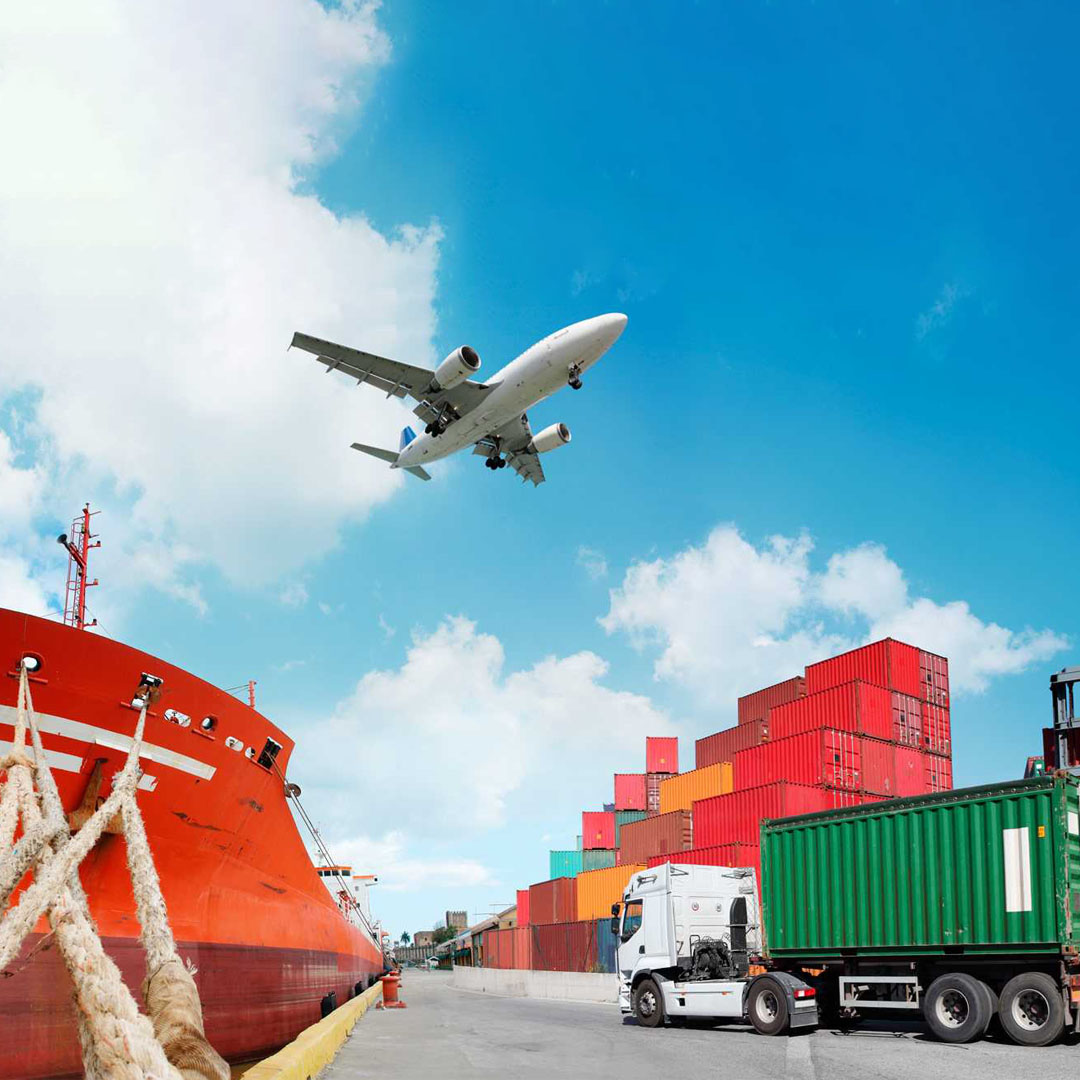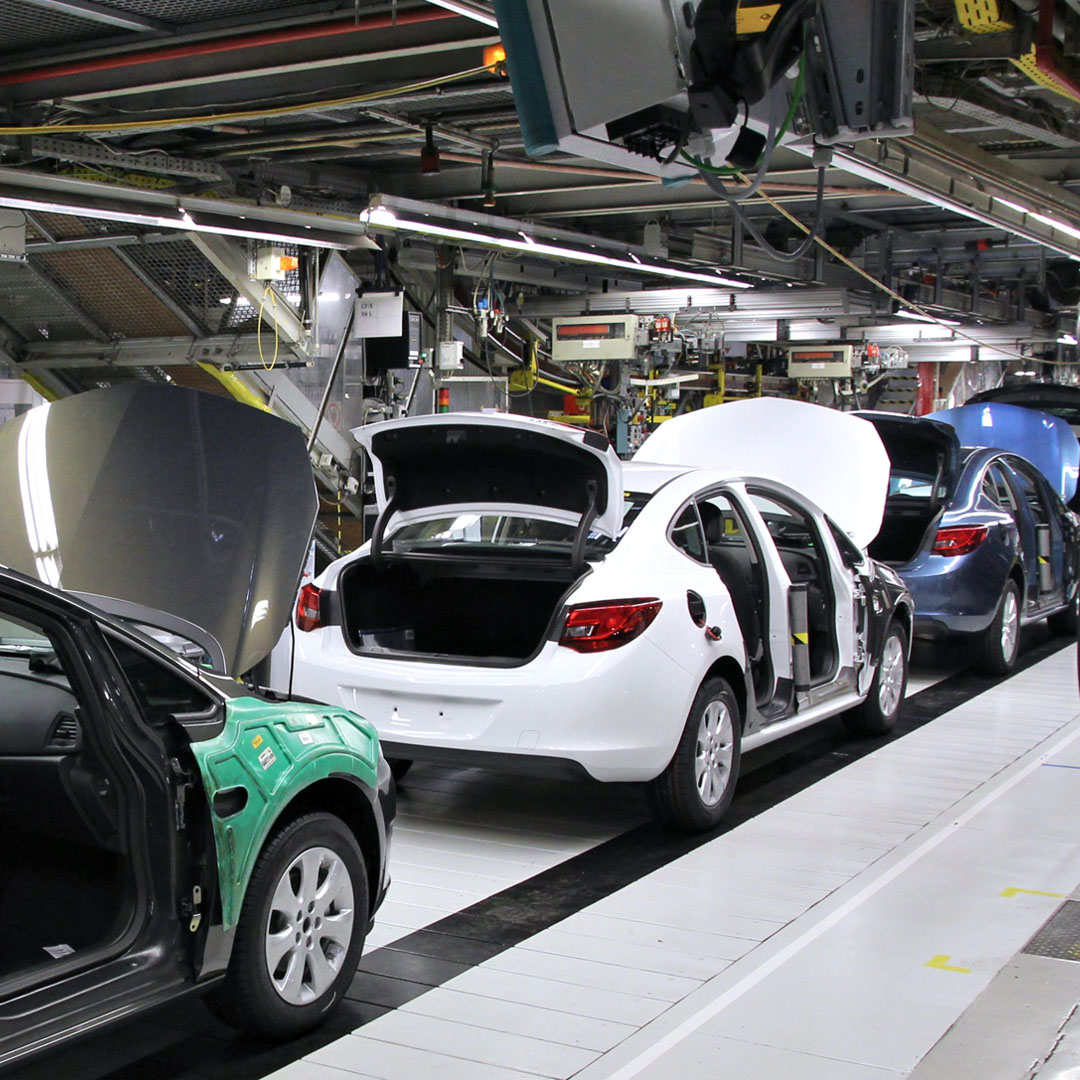On the Road Again: The Interplay of Automobiles in Transport
Automobiles have woven themselves into the very fabric of modern society, becoming indispensable elements of our daily lives. They have transformed the way we move, commute, and transport goods, reshaping the world’s transportation landscape. we will explore the fascinating interplay between automobiles and the broader transport ecosystem, highlighting the evolution, significance, and potential future developments in the realm of automotive transport.
The Evolution of Automobiles in Transport
The story of automobiles in transport begins more than a century ago when the first gasoline-powered cars hit the roads. These early automobiles were novelties, luxurious playthings of the wealthy. However, as innovation and mass production techniques took hold, automobiles began to democratize transport. Henry Ford’s introduction of the assembly line in the early 20th century made cars more affordable, thus revolutionizing the way people moved.
Since those early days, the evolution of automobiles has been staggering. From the first Model T to the sleek electric vehicles of today, the automotive industry has consistently pushed the boundaries of technology and design. This transformation has not only made automobiles more efficient and eco-friendly but has also brought about a convergence of technology and transportation through features like GPS navigation, infotainment systems, and advanced safety features.
The Significance of Automobiles in Transportation
Automobiles are central to the world’s transportation systems for a multitude of reasons:
Convenience: Automobiles offer a level of convenience and flexibility that few other forms of transportation can match. They provide door-to-door service, allowing people to travel on their schedules.
Personal Mobility: Automobiles empower individuals with the freedom to go wherever they desire, be it for work, leisure, or everyday tasks like grocery shopping.
Economic Impact: The automotive industry is a global economic behemoth, providing employment, generating significant revenue, and influencing trade and commerce. This includes not just manufacturing but also the aftermarket industry, repair services, and more.
Goods Transport: While we often think of personal transport when we hear “automobiles,” they also play a vital role in goods transportation. Trucks and commercial vehicles are the lifeblood of global trade, moving everything from raw materials to finished products.
Environmental Concerns: In recent years, there has been a growing emphasis on the environmental impact of traditional gasoline and diesel vehicles. This has spurred the development of electric vehicles (EVs) and alternative fuels, transforming the way we view automobile transport.
The Future of Automotive Transport
As we journey into the future, the landscape of automotive transport is poised for transformative change. Several key trends are shaping the way we think about automobiles and their place in transportation:
Electric Vehicles (EVs): The shift toward electric vehicles is undeniable. From established automakers to emerging startups, the industry is embracing EVs as a cleaner and more sustainable alternative to internal combustion engines.
Autonomous Vehicles (AVs): Self-driving cars are no longer the stuff of science fiction. AV technology is advancing rapidly, with the promise of safer and more efficient transport systems.
Interconnectivity: The internet of things (IoT) and connectivity are shaping the next generation of automobiles. Smart cars can communicate with each other and traffic infrastructure, enhancing safety and efficiency.
Ride-Sharing and Mobility Services: The rise of ride-sharing services like Uber and Lyft has changed the way we think about ownership. Many people now opt for these services instead of owning a car.
Environmental Responsibility: A heightened awareness of environmental issues is driving innovations in sustainability, such as the development of green technologies, lightweight materials, and alternative fuels.
Challenges and Considerations
Amidst all the promising changes and developments, there are challenges and considerations to address. These include:
Infrastructure: The infrastructure needs to adapt to accommodate EVs, AVs, and increased urbanization.
Safety and Regulations: Developing safe AV technology and creating regulations to govern autonomous vehicles are complex issues.
Economic Impact: The transition to EVs and AVs may impact industries and jobs related to traditional automobiles.
Conclusion: The Ongoing Journey of Automobiles in Transport
The interplay between automobiles and the broader transport ecosystem is an ever-evolving, dynamic relationship. As we continue our journey “on the road again,” we are presented with both challenges and opportunities. The evolution of automotive transport holds the promise of cleaner, safer, and more efficient systems that will shape the way we move and transport goods in the years to come. It is a story of progress, innovation, and the enduring significance of the automobile in our evolving transportation landscape.









